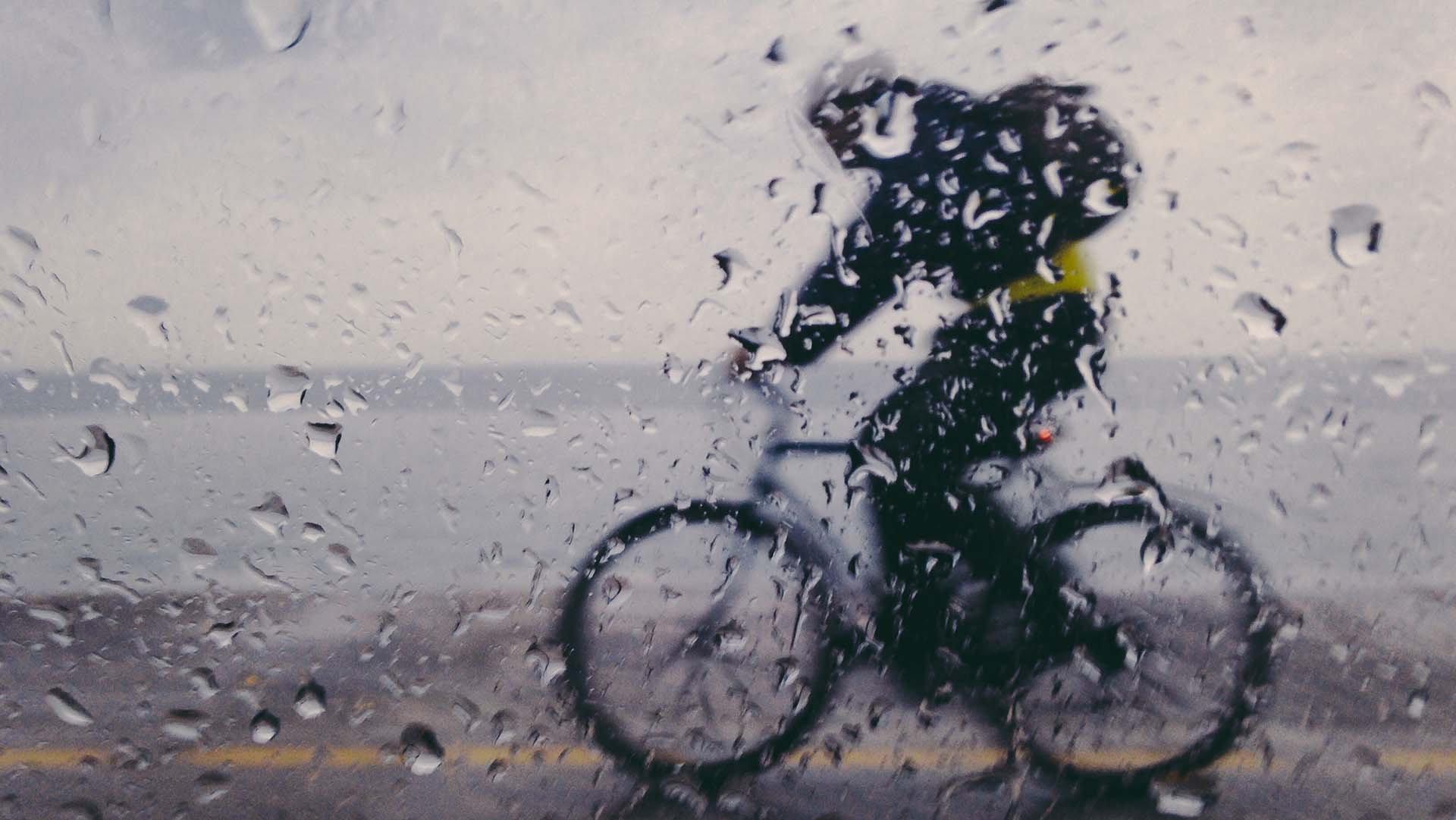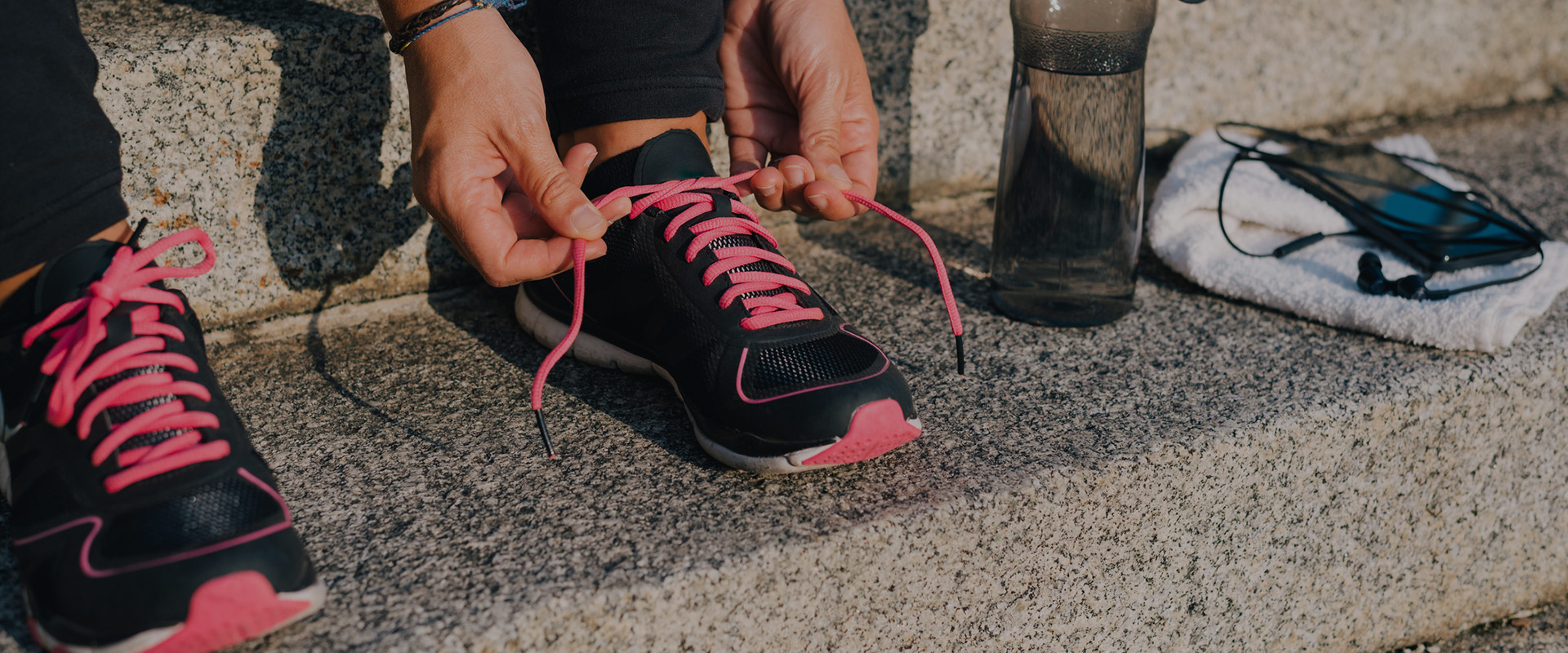-
What to wear
Ride bright
Spotting cyclists is hard enough without adding rain into the mix. Hi-vis vests with reflectors are a great investment. Pick ‘em up at any good bike shop or tradies' outlet.
Waterproof shells
Rain jackets and overpants (in bright colours) are great for shorter trips. For longer rides, look at cycling-specific shells with breathable fabrics and vents. They’re also cut longer at the back so your bum isn’t exposed when you’re in a stretched-out riding position.
Be wary of ponchos or other loose clothing; it could spell really bad news if it gets caught in your wheels.
Waterproof winter gloves
Numbness from the cold can make braking a little harder in wet weather. Make sure your digits are dry and warm to ensure responsive braking.
Keep your noggin dry
Most cycling helmets are designed for maximum ventilation, so your head will definitely get wet in the rain. Wearing a cycling cap or skullcap under your helmet can help keep things civilised.
"Numbness from the cold can make braking a little harder in wet weather. Make sure your digits are dry and warm to ensure responsive braking."
Prepping your bike
Fenders, fenders, fenders
Fenders prevent your wet wheels from spinning water onto you, along with all the dirt and debris that cover the road on a wet day. A no-brainer.
Light up, night AND day
Not just for night use, a strong strobe setting up front is a good idea for any time of the day, rain or shine. The number of times I’ve seen a parked driver catch my lights in their side mirror and hold off opening their doors…
Lower your tyre pressure
Staying in the lower ranges of your tyre’s recommended pressure will mean more of your tyre will be in contact with the roads. This should mean better traction and control of your bike in the wet.
Check your brakes
Disc or rim brakes, always wipe down the braking surface of any debris after riding in the rain. Brake dust and water creates a nasty sludge that compromises stopping power. Also, shop around for wet-weather brake pads for added stopping power.
Hose it down!
Better now when it’s still wet, than later on when all the crud has dried up. A good habit to get into, be sure to focus on the chain drive and derailleurs. But not too high a pressure as this could force debris further into little nooks. To avoid corrosion, give it a good pat dry afterwards.
Keep your chain lubed
Your chain takes a beating. Wet weather adds rust and debris into the mix. Keep your chain well lubricated and free from water with WET Lube. Some people like to WD40 their chain to help get rid of the water first, before giving it a proper lube treatment.
Brush up on skills
Outside foot down when turning
This is good cycling habit that’s more important in the wet. Whichever way you turn, make sure your outside leg is extended down on the pedal. So, left turn = right leg down. Right turn = left leg down. This will ensure more downward force and less risk of the bike sliding out from under you in the wet.
Be careful on the first day of rain
This will most likely mean slippery roads due to the build-up of oil spots from successive dry days before the rain. If you spot a rainbow-like film, it’s most likely an oil patch. Avoid if possible, especially if turning.
Feel your brakes
Spend some quality time with your brakes and familiarise yourself with how much pressure to apply to bring your bike to a stop in the wet. As a general tip for stopping, shift your body weight to the back to avoid going over the handlebars or your rear wheel sliding out.
Watch out for humans!
Rain does crazy things to motorists, pedestrians and cyclists alike. Whether it’s people running reds to avoid getting wet, or the bike ahead of you taking a last-minute turn around a puddle, always be on the lookout, take it slow, and leave plenty of braking space for fellow cyclists and motorists.
Get to know your Local Bike Shop
The LBS is your best friend when it comes to keeping you cycling throughout the year. They’ll be able to offer many more helpful advice and suggest the right gear to help you stay safe and dry.
Wet weather survival guide for cyclists

-
Everything you need to know about parkrun
Been wondering what a parkrun looks like? Where do you go? What do you do? How do you sign up? Find out here.
-
Five ways to exercise when on a budget
You don’t need to spend money on gym memberships just to meet your fitness goals. Here are five free ways to stay healthy and active when you’re living on a budget.
-
How parkrun changed my life
Christie Farrow went from being an exercise-phobe to a true blue runner with parkrun.
-
Australia's top female athletes unite on ACL injury
Some of Australia's most talented athletes have joined forces to highlight the unique injury challenges women face.
-
How to create your perfect summer fitness plan
Be inspired by the sunshine and get moving
-
The essential foam rolling routine
Improve posture and flexibility with this essential foam rolling routine. Discover effective stretches to ease muscle tightness and enhance your daily movement.
Subscribe to receive the best from Live Better every week. Healthy recipes, exercise tips and activities, offers and promotions – everything to help you eat, move and feel better.
By clicking sign up I understand and agree to Medibank's privacy policy






